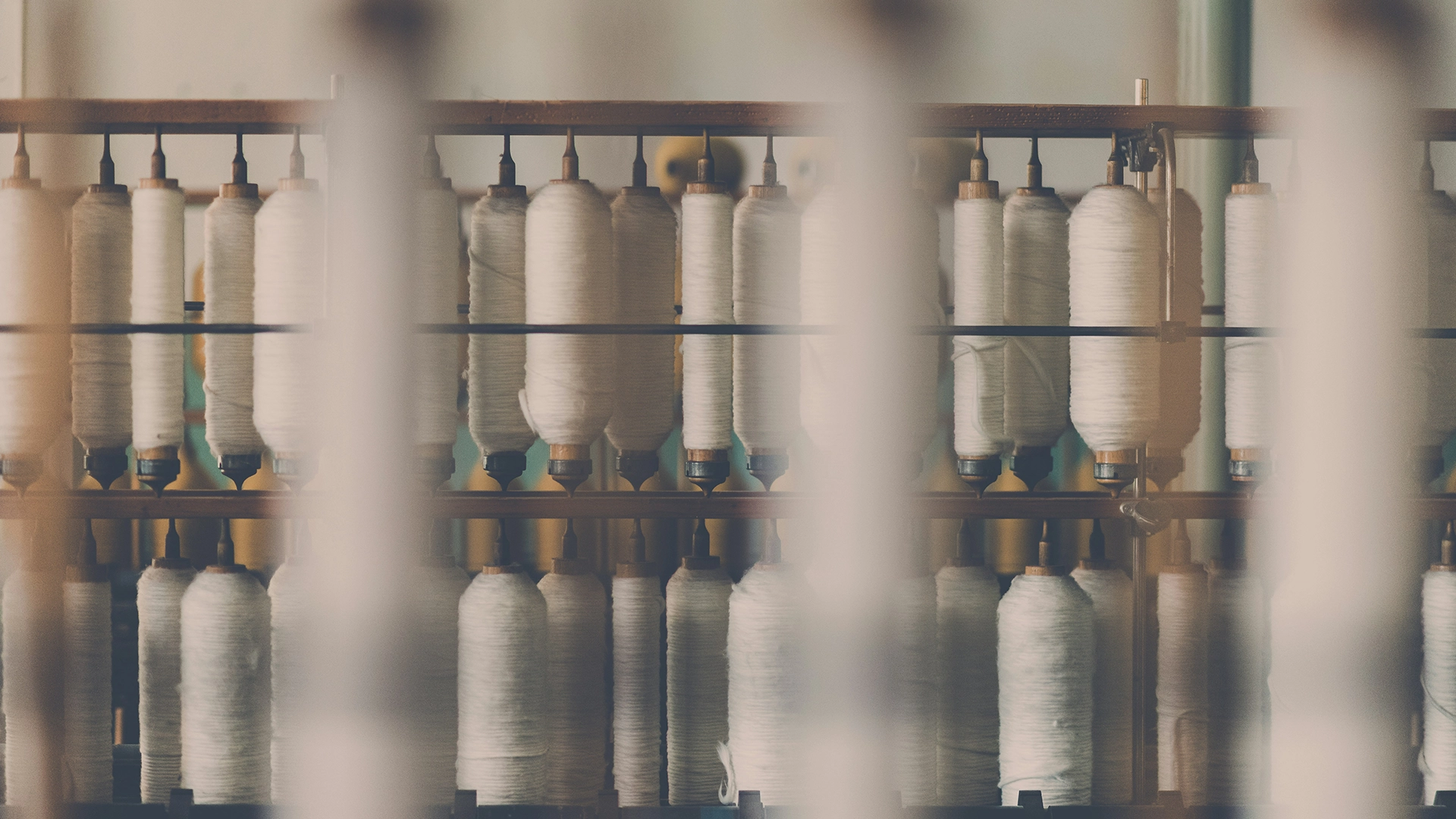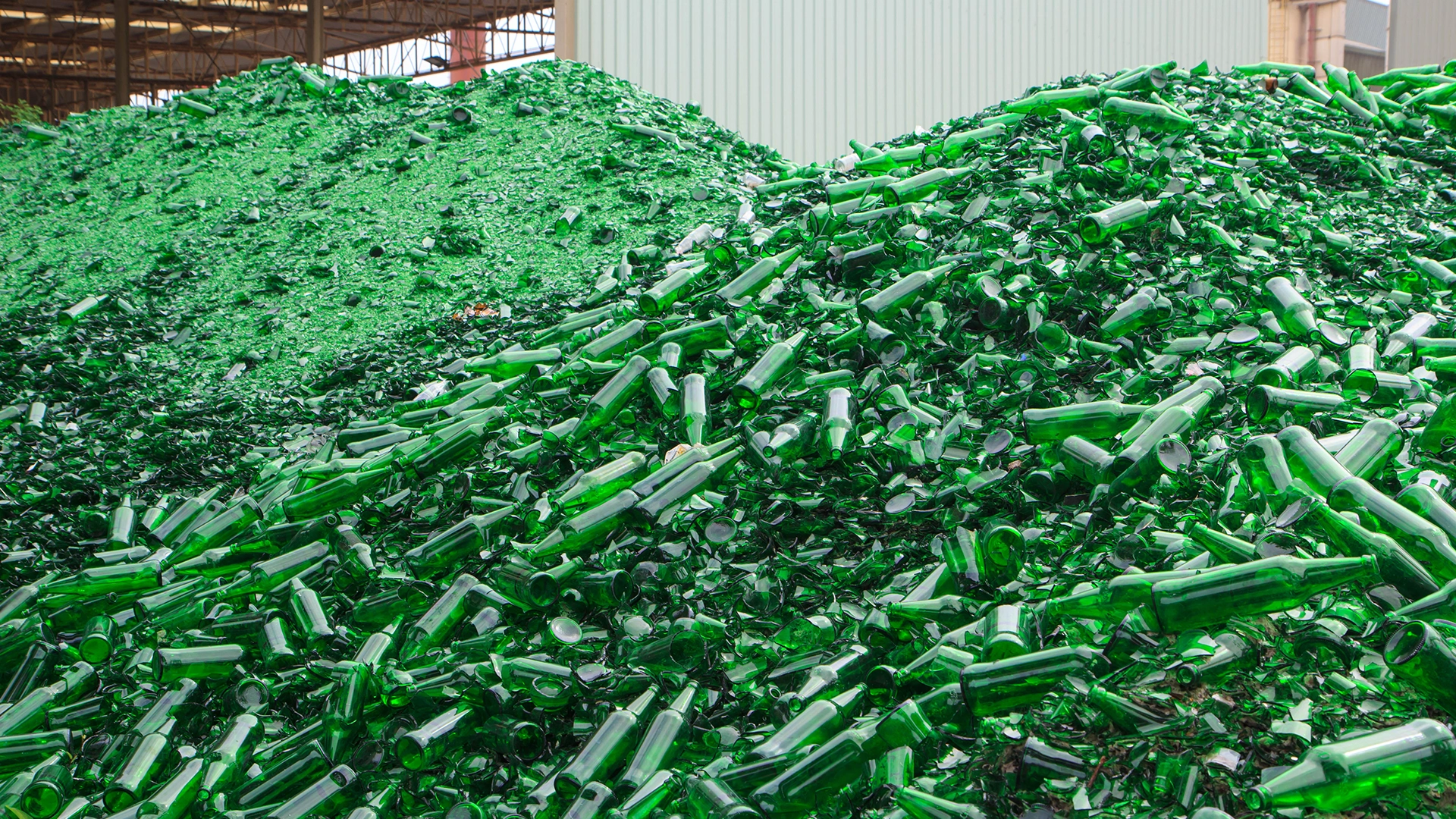Never miss a thing
New boots. New innovations. New events. We've got a lot going on. So you're going to want to stay in the know.
Product
Sustainability
May 21, 2024

Welcome to the modern world, where too much is never enough—especially in the West. This is especially true in fashion (and football), where ‘less is more’ seems to have lost all meaning. And when it comes to fast fashion, the trend is even worse. Companies like Shein are slowly filling the planet with cheap, plastic-filled clothes. In fact, it was revealed that they release (on average) 10,000 new products every day. With some of these being sold at just 1p.(1)
We at Sokito are no saints; yes, we've been known to be seduced by a shiny new kit. But rather than going cold turkey, we're leaning into the trend of sustainable fashion.
So what counts as sustainable? These are the fashion choices that try to keep the natural cycles of the planet running smoothly, rather than just sucking it dry. They’re not the silver bullet to overconsumption, but it’s a start.
We’ve already touched on the types of materials to watch out for in football boots. Now, let’s dive deeper into the fashion-forward future with sustainable fabrics that are changing the game.
Read more

Sustainable materials come from either natural, renewable or carbon neutral origins, but the thing they have in common is that they don’t trash the planet. If something is truly sustainable, they maintain the Yin-Yang balance of the Earth perpetually. Meaning we don’t have to worry about them running out, or running down the climate change clock. We’ve fit them into 4 major categories to help you understand a bit more about them: Old bio-based, new bio-based, recycled/recyclable and biodegradable/compostable.
Old-school bio-based
These materials are the fashion veterans—think cotton, linen, wool and leather. They’re bio-based because they come from natural
sources, but need to go through a human process to make them usable for clothing. However, with or without humans, these raw materials would be kicking about on Earth.
Pros & cons
The benefits? Less need for harsh chemicals or crazy processes. They're gentle on the Earth when they depart, and they've got more staying power than most managers in the Premier League. But, there’s a catch—our insatiable appetite for stuff means these natural options are now being turned into a nightmare. With forests being cut down to grow human-centric crops, trucks and planes used to transport materials and slavery used to make the clothes themselves, things that should be simple are being overused by multi-million-dollar industries. All in the name of more, more, more.
The solution? It’s all about sourcing smart. Make sure you’re checking those tags and websites to see where and how your materials are coming from. Sure, it’ll cost you a bit more, but it’ll last longer and feel heaps better.
Where do we use it in the boots?
We’ve decided to phase out K-leather in our boots for a number of reasons, so we’ve got no natural animal products, but we do use cotton instead of nylon in our vamp reinforcement.
New bio-based
There are some new bio-based materials breaking through the ranks. Sourced from ingredients like wood, seaweed, and even sugarcane, they're engineered to perform more like plastics but play for the green team, making it easy to swap them into products without making a big splash.
Pros & cons
Variety is the spice of life, and bio-based materials pack it in abundance. Waterproof, stretchy, tough—you name it, they can mimic it. And as we sprint away from fossil fuels, bio-based materials get a loud cheer. With these, you’re using a plant that takes a few months or years to grow, capturing carbon in the meantime. That is instead of petroleum, which not only destroys natural habitats when it is drilled for, but releases greenhouse gases when it's burnt.
But hold the applause. As these materials gain popularity, the first hurdle is making sure that we don’t start destroying the natural environment to source them. Also, they’re not perfect yet. In order to maintain performance, many of these bio-based plastics are mixed with virgin plastic. Though 100% bio is the goal, the technology isn’t quite there yet.
Where do we use it in the boots?
In the Devista, we dabbled with bio-based materials, only using a soleplate made from castor beans. But with the Scudetta, we’ve taken this to the next level. Crafted from corn waste, sugarcane, bamboo and tencel wood fibres, almost the entire boot boasts a bio-based origin.
Read more

Recycled/Recyclable
Ahh recycling. Once hailed as the MVP of environmental solutions, now we know it's more of a supporting player. There are lots of materials that can be recycled a few times over, like glass and cardboard, however the circle of recycling is finite. At some point, they simply have to go in the bin.
Pros & Cons
Reusing old materials is great. We can’t undo what’s been done, so if there’s any way we can repurpose items, especially those made from plastic, then we welcome it. And when you can turn them into things that have a bit more longevity, like bricks for houses, it also locks away all those toxic substances, stopping them from getting into the ground or the sea.
As we said, though, recycling has its limits. It’s a great tactic if it slows down the production of new, virgin materials. But at present, we’re still churning out more and more plastic, glass and paper every year. Some things, like aluminium, can be infinitely recycled, meaning they’re never going to go to waste. But with the mindset of ‘I can just recycle it’, we’ve ended up going way too hard with overproduction. Also, each time you recycle plastic, the natural fibres are shortened and damaged. This means that recycling a recycled product is pretty hard, and reduces the performance of that product.
Where do we use it in the boots?
Instead of using virgin plastic, like most big boot companies, we tried to use recycled plastic and rubber wherever we could. On the Devista, this was in the stitching, laces, insole and tongue strap. Plus, we have our own football boot recycling scheme to try and stop old boots from reaching landfills.
Biodegradable/compostable
We’re adding in biodegradable, not necessarily as its own type of material, but as an important aspect of sustainability. In order for something to be considered biodegradable (or compostable), it needs to be able to be broken down by natural means ( a.k.a. by bacteria/fungi) and leave no trace.
Pros & Cons
There's no downside to truly biodegradable products. However, there are some players flying a biodegradable banner who don't quite live up to the name. Take those 'compostable' plastic bags, for instance—they might break down, but they leave behind microplastics that lurk in the soil. And some bio-based products might tout their green credentials but could stick around for decades depending on how they're processed.
Where do we use it in the boots?
None of our boots claim to be biodegradable. We're not about to make promises our materials can't keep.
Read more

So there’s your very quick guide to the different types of sustainable materials, and what to watch out for with each. And as a quick recap, here’s a list of the top 4 actions you can take to make the most impact:
1. Buying less
This will always be the ultimate goal. Fixing up and reusing what you already have means that nothing new has to be created.
2. Second hand
Buying things that have already been used by someone else is the next best option, however always in moderation.
3. Sustainable & high-quality items
Finding products that are made from materials that have little-to-no impact on the Earth, or that will last you for decades, is the next best option.
4. Cut out fast fashion brands
These are the guys committing the real crimes. So let’s not support them in any way. And don’t be fooled by an ‘eco-range’ in their collection: 90% of their business is still damaging the environment.
Pro tip? When it comes to buying sustainably, stay sceptical. If a brand boasts about its sustainable materials but won’t share the stats, chances are they’re trying to greenwash you.
On our Devista product pages, you can check out every single material we use in the boots, how much of it comes from eco-friendly sources, and which parts we’re trying to phase out. Transparency is key, and if a brand doesn’t have it, they’re definitely hiding something.
Read more

Feeling a little overwhelmed? Here’s a little key to help you figure out what we’re talking about:
Sustainability
This literally means that the Earth can ‘sustain’ it: if something is sustainable, it can be created/harvested for centuries and not hurt the planet.
Eco-friendly
Similar to sustainability: basically anything that either maintains or benefits the current ecological system.
Circular
Circular is the disposal flowing straight back into the creation. Recycling a shoe and using those materials for
a new one. No wastage.
Over-consumption
This is the term used to describe the fact that we all buy, eat and use too much. We over-consume the Earth’s resources, creating numerous problems.
Crude oil/Petroleum
This is a type of oil that is mined from the ground which is used for a number of things, most notably to make plastic.
Greenwashing
This is when a company claims to be sustainable when actually they are causing masses of damage to the environment. E.g. when Shell talks about investing money into renewable energy, even though most of their business is still invested in oil.
References
The Independent - Shein is the fast fashion juggernaut
Read more
Matilda Godson
May 21, 2024
We just sent a confirmation email to
Subscribe Subscribe Subscribe Subscribe
New boots. New innovations. New events. We've got a lot going on. So you're going to want to stay in the know.
All email types
Please select a valid email typeNew boots. New innovations. New events. We've got a lot going on. So you're going to want to stay in the know.
Notifications